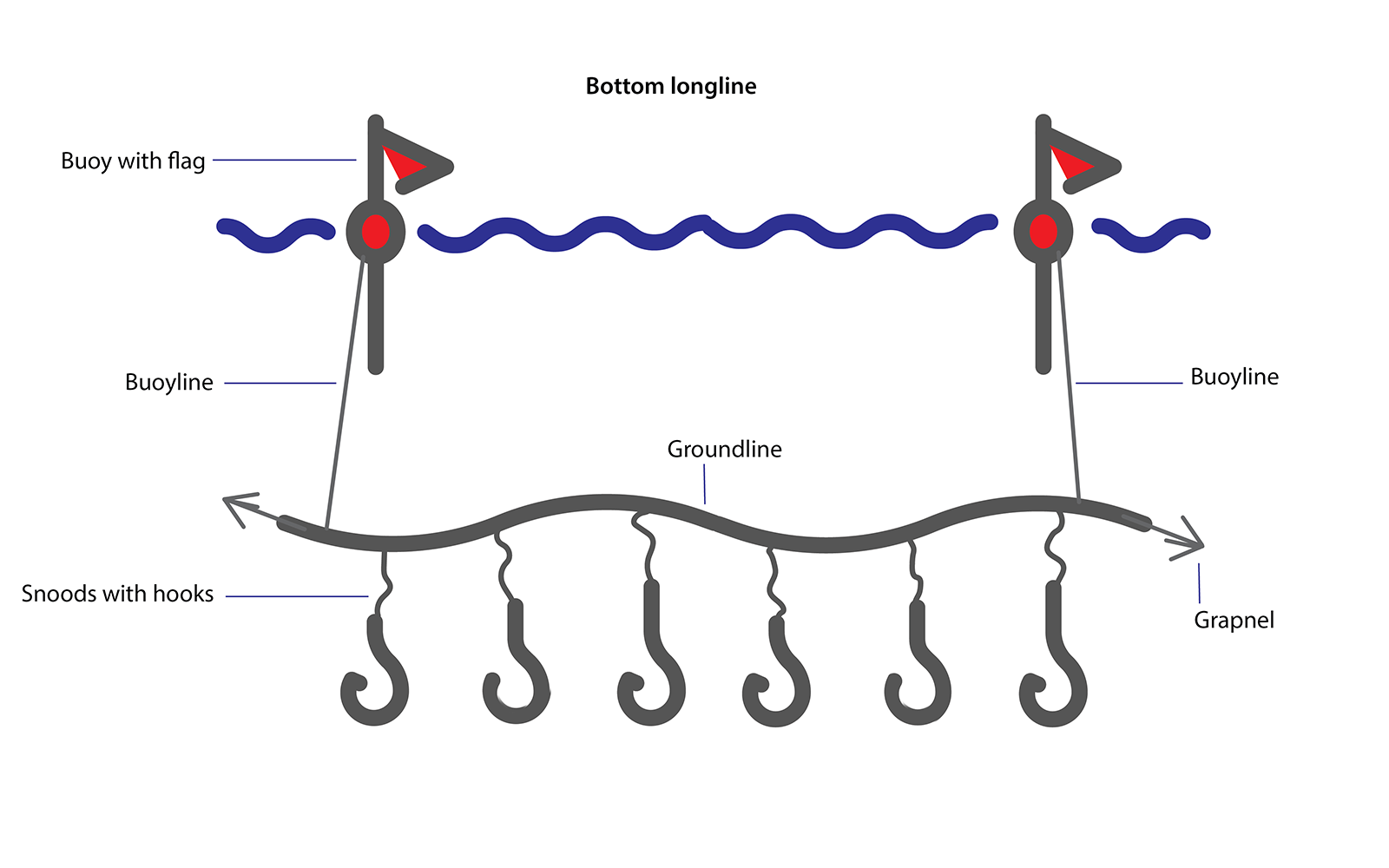The lines in longlining

Longline fishing gear consists of several interconnected lines designed for efficiency, durability, and ease of handling. Together, these parts form a robust system that allows fishers to set and retrieve longlines safely and effectively across varying depths and conditions.
The groundline
The groundline serves as the foundation of the longline fishing system, connecting multiple hooks across a wide area to maximize catch efficiency. Its design, length, and material are adapted to different fishing conditions, ensuring strength, durability, and ease of handling during setting, hauling, and storage.
The snood
The snood is a key component of longline fishing, linking each hook to the main line. Designed for strength and flexibility, snoods are adapted to different fishing conditions and species, ensuring secure attachment of hooks and efficient gear performance.
Swivel lines
Swivel lines improve the efficiency and durability of longline fishing gear. By allowing free rotation and reducing tangling, they make handling easier and maintenance simpler.
Buoys and buoy-lines
Buoys and buoylines are essential for marking and maintaining the position of longline fishing gear. They help identify where the gear is set, keep it at the correct depth, and prevent drifting, ensuring both safety and efficiency during fishing operations.
Rotoline and Quick Snap lines
Modern innovations like Rotoline and Quick Snap systems have streamlined longline fishing by simplifying rigging and reducing manual repair work. These designs use rotating fittings and snap-on snoods that prevent tangling, improve efficiency, and enhance catch performance, making gear handling faster, safer, and more reliable at sea.
Anchors
Anchors are essential for keeping longline gear securely in place under varying sea and bottom conditions. Their size, weight, and setup are adjusted to depth and current strength, ensuring stability while minimizing the risk of snagging or line breakage. Proper rigging and maintenance of anchors and lanyards are key to safe, efficient, and reliable longline operations.
Floats and floating lines
Floating lines and floats play a vital role in keeping longline gear properly positioned and visible. The floating line prevents tangling with anchors and protects the gear from abrasion on the seabed, while floats provide buoyancy and indicate gear tension and location, ensuring efficient operation even in strong currents.
Grapnel and leelines
The grapnel and leeline are essential tools for handling and retrieving longline gear. The grapnel is used to catch and haul the buoyline aboard, while the leeline connects buoys and floats to the main buoyline, ensuring flexibility and easy retrieval even in strong winds or rough conditions. Together, they support safe and efficient gear handling during fishing operations.
Splicing
Splicing is an essential skill in longline fishing, used to join or repair ropes securely. By learning basic techniques such as the short splice and eye splice, fishers can maintain strong, durable connections in their gear, ensuring reliability and safety during operations at sea.
